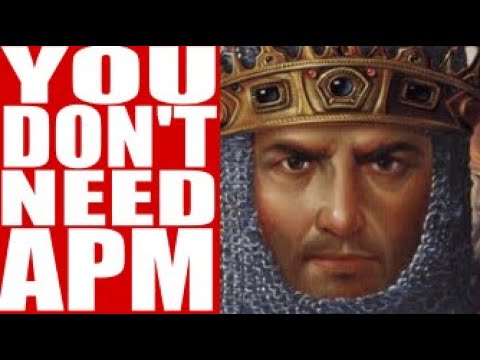

Or 53.6 degrees Fahrenheit if you believe whoever wrote the page for Nissan lmao. I guess they just typed it into a converter with no context, and the converter spat out an answer amounting to “if your thermometer says it’s 12 degrees C, that would be 53.6 degrees F”… but without that context.





Fair point, but I guess I would hope that the person being paid to write the copy would check it, since getting that right seems like it’s part of their job description ¯\_(ツ)_/¯